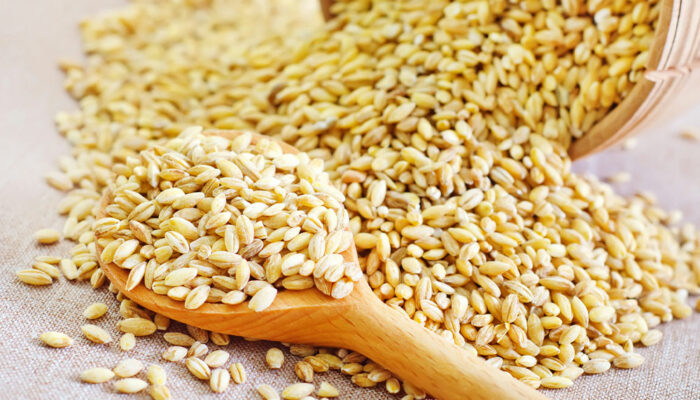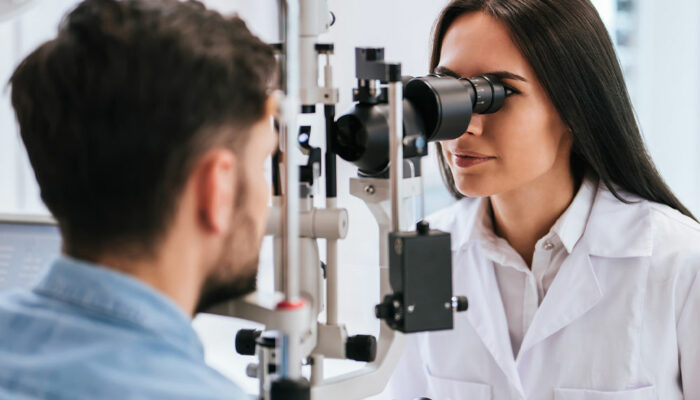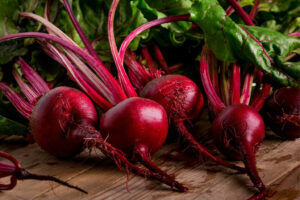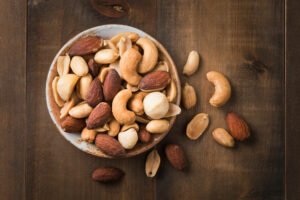
7 foods to avoid to manage atrial fibrillation
Atrial fibrillation, also known as AFib, is a health condition characterized by irregular and rapid heart rhythm. Affecting millions worldwide, one’s lifestyle and nutritional choices can significantly impact the condition. Certain foods and beverages can worsen AFib symptoms, leading to heart palpitations, shortness of breath, and discomfort. Some common foods to avoid while dealing with atrial fibrillation symptoms and to support one’s heart health, in the long run are listed below. Wheat People with gluten intolerance or sensitivity and conditions like celiac disease must avoid gluten-containing foods like wheat and barley as they can trigger inflammation in the body. It can cause the heart’s natural pacemaker nerves to malfunction or impact how they work. To better understand the connection between gluten intake and atrial fibrillation episodes, it is better to maintain a journal. It will help track symptoms and help a healthcare professional analyze if the gluten triggers the condition. People who do not have any diagnosed issues associated with gluten can include gluten-containing foods in their meals without any complications. Salt Salt adds taste to food, but it also adds pressure to the blood flow. For patients with high blood pressure, atrial fibrillation, and other cardiac conditions, it is crucial to avoid excessive amounts of salt in foods.
Read More 











